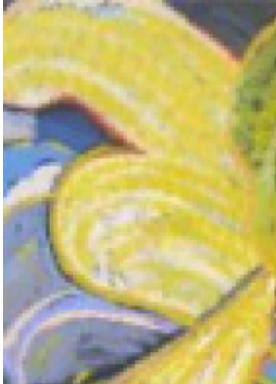The permanent exhibition captures the development of artistic creation in the Central European region, with a special focus on the Bratislava area.
Central European Painting and Sculpture 1800–1918
Permanent Exhibition – GMB
The permanent exhibition captures the development of artistic creation in the Central European region, with a focus on the Bratislava area, from the early 19th century until 1918, as preserved in the collections of the Bratislava City Gallery (GMB).
The high quality of the collection is guaranteed by the names of artists active in Bratislava, such as painters Gottlieb Rähmel, Friedrich J. Lieder, Ferdinand von Lütgendorff, Friedrich Amerling, Carl Marko, Giacomo Marastoni, Kornel Spányik, and sculptors Viktor Tilgner, Ján Fadrusz, Alojz Rigele, Robert Kühmayer, and Jozef Murmann.
The permanent exhibition also includes works by Ladislav Mednyánszky, Ferdinand Katona, Dominik Skutecký, and Anton Jasusch.
Bratislava’s artistic scene was significantly influenced by its close connection to the Viennese art world. The city lacked patrons of the arts, galleries, and, most importantly, an art academy—except for the short-lived private painting schools of G. Marastoni and F. von Lütgendorff.
As a result, local artists often went abroad to receive formal art education. The city’s first museum was established in 1868, followed by its first art association—the Bratislava Art Association (Pressburger Kunstverein, Pozsonyi Képzőművészeti Egyesület)—in 1885, which played a key role in boosting artistic activity in the city.
From a stylistic perspective, the exhibition traces the transition from Classicism through the bourgeois Biedermeier style and Romanticism to tendencies of Realism, eventually reaching Luminism and early Modernism at the turn of the 20th century.
Thematically, there is a noticeable shift from the predominantly religious subjects of earlier centuries to a greater focus on portraiture, landscape, still life, and genre scenes—dominant themes of the exhibition. This shift was also influenced by the changing clientele: the nobility and the church were gradually replaced by the emerging middle class.
Curators:
Mgr. Jana Luková, Mgr. Zsófia Kiss – Szemán (in cooperation with PhDr. Želmíra Grajciarová)
Admission:
Permanent exhibitions and displays: €4.00
Discounted admission: €2.00
